June 17, 2015
Neocon workplace design show announces this year’s award winning products
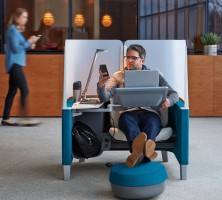 Today is the final day of the vast Neocon workplace design
Today is the final day of the vast Neocon workplace design
convention in Chicago. It is one of the world’s last remaining bastions of the supposedly dying art of the exhibition, in which tens of thousands of like-minded people from around the world descend on a city to live on alcohol, nibbles and hot fluorescent light in between discussing the products and ideas that hold their careers together. From the outside of any sector, this all looks like a collective madness, but from the inside things look very different. For some reason, the first day is the day on which those products which are judged to be Neocon’s best are presented their accolades. So even before our review of the show (coming soon), here are its award winning products including gongs for familiar names such as Boss, Humanscale, BuzziSpace, KI and Steelcase.






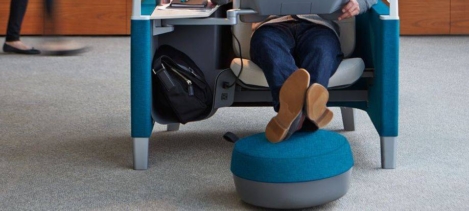
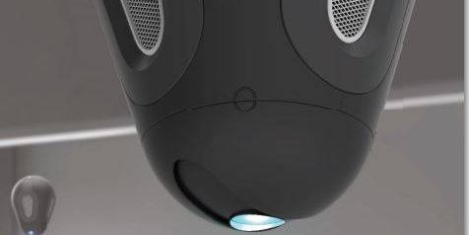
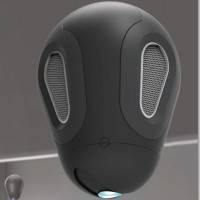



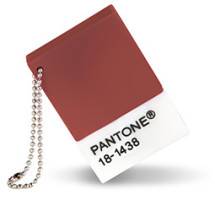
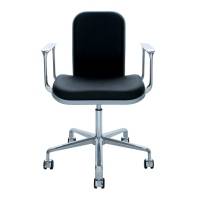
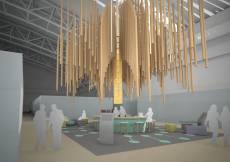
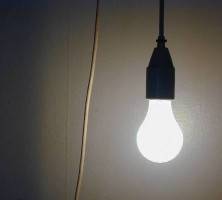

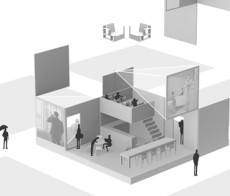



















October 11, 2015
How biodynamic lighting stimulates sense and performance at work 0
by Peter Young • Comment, Products, Wellbeing, Workplace design
More →